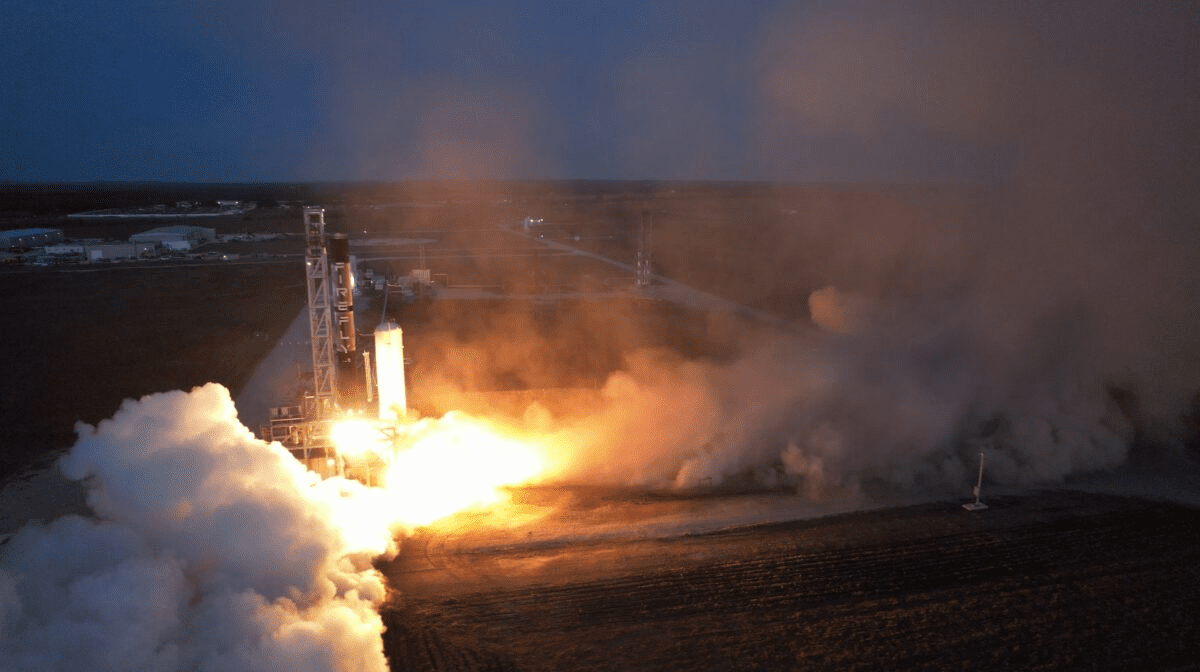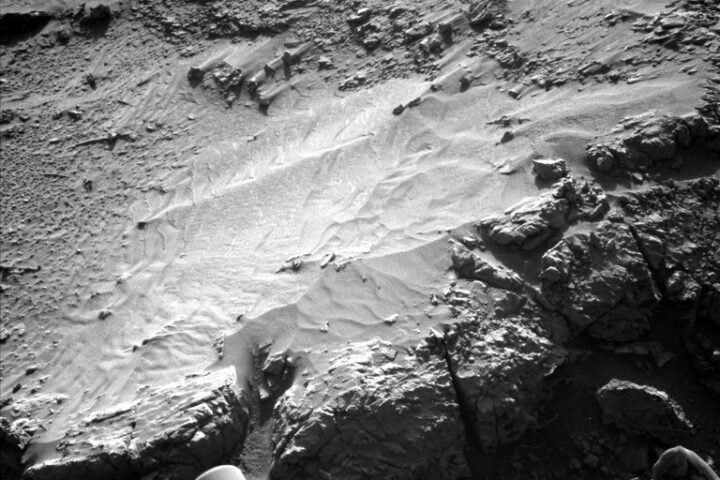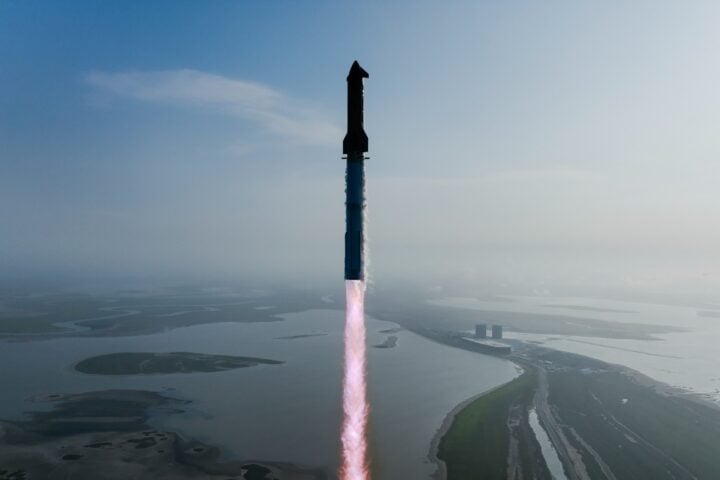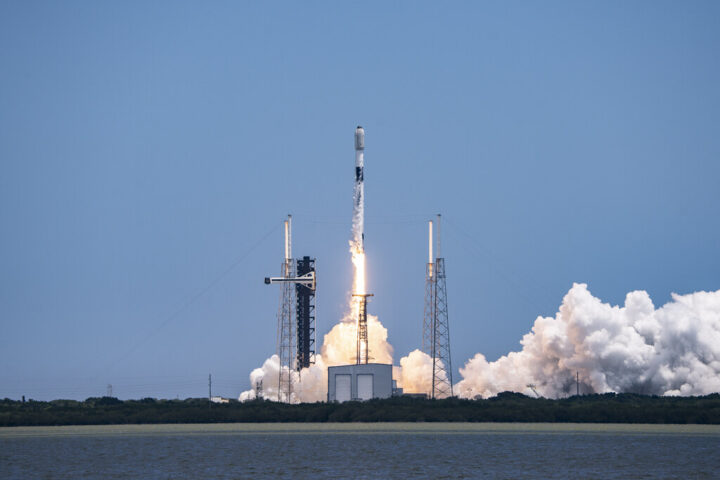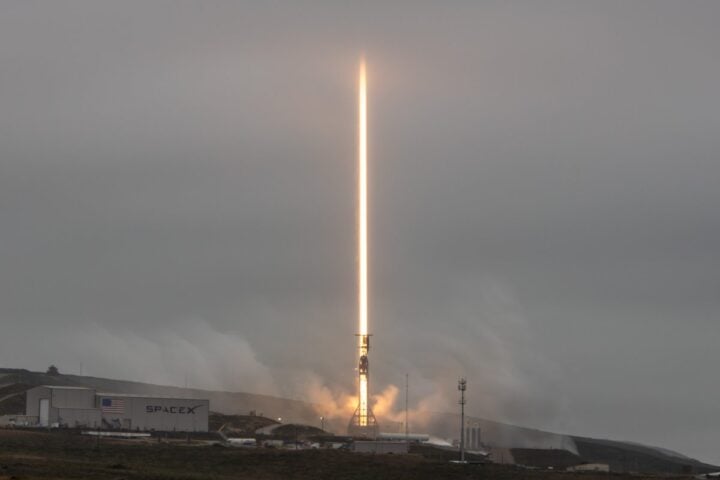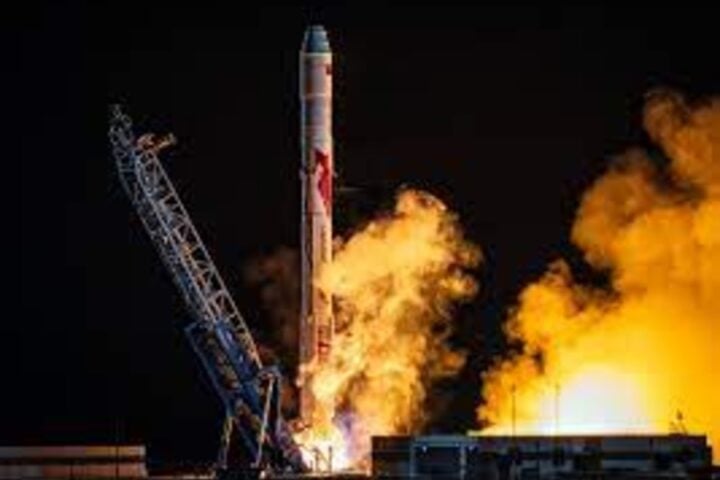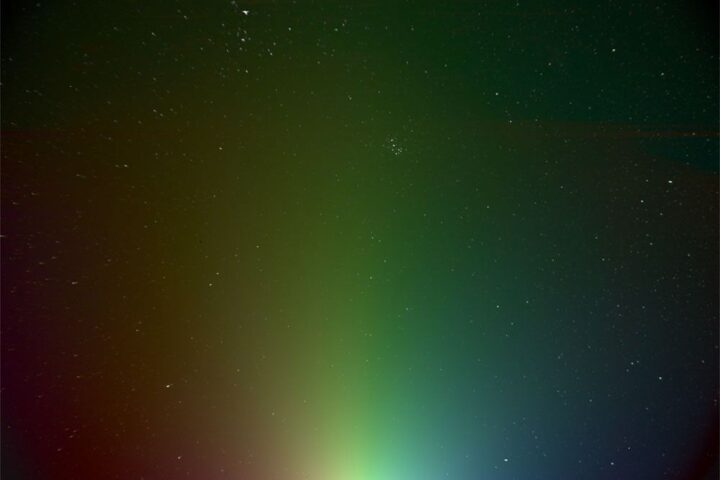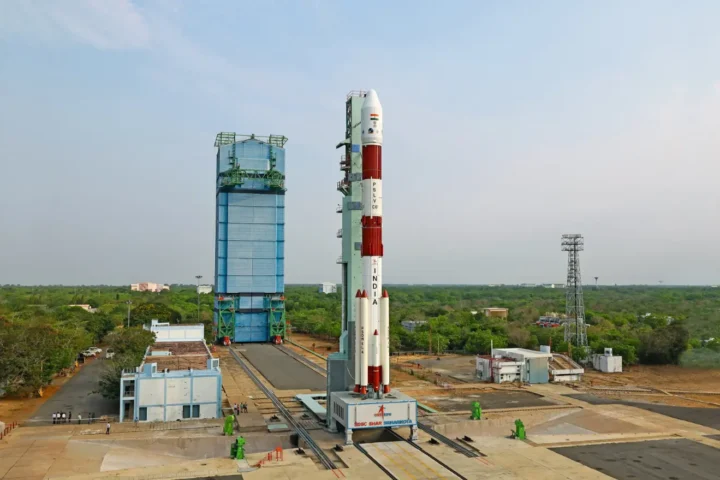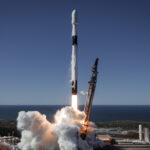NASA has selected Firefly Aerospace to design a commercial lander for the far side of the moon as part of its plans to study Earth’s satellite. The lander, named Blue Ghost, will transport payloads to the moon, including a radio observation mission called LuSEE-Night, which aims to detect faint radio waves from the cosmic dark ages.
Blue Ghost will also send out a communications and data relay satellite, Lunar Pathfinder, and assist with communications through the NASA User Terminal payload. Firefly’s selection sets a significant milestone for the company, considering its first orbital launch attempt ended in failure in 2021. NASA officials believe the Blue Ghost mission will pave the path for new scientific discoveries and open doors for future investigations of the lunar far side.
Joel Kearns, who is the deputy associate administrator for exploration in NASA’s Science Mission Directorate, mentioned his enthusiasm for Firefly’s involvement in the CLPS delivery. Nicola Fox, associate administrator for NASA’s Science Mission Directorate, expressed that the mission will help scientists understand fundamental physics processes from the early evolution of the universe.
The Blue Ghost Mission 1 is scheduled to launch in 2024, and will be a collaboration between NASA, Firefly Aerospace, and other private companies. NASA’s lunar exploration plans also include sending the first crewed mission to the moon’s surface in 50 years, and setting up a space station in lunar orbit.
